

Articles
How Does An Alarm Clock Work
Modified: August 17, 2024
Discover the inner workings of an alarm clock and learn how it functions in this insightful and informative article. Explore the science behind alarms and their role in waking us up.
(Many of the links in this article redirect to a specific reviewed product. Your purchase of these products through affiliate links helps to generate commission for Storables.com, at no extra cost. Learn more)
Introduction
Alarm clocks have become an integral part of our daily routines, helping us wake up on time and start our day off right. But have you ever wondered how these seemingly simple devices actually work? In this article, we will delve into the inner workings of an alarm clock and explore the fascinating technology behind it.
At its core, an alarm clock is designed to perform two main functions: keep track of time and alert the user with a sound signal at a predetermined time. To achieve this, alarm clocks consist of various components working together in harmony. Let’s take a closer look at each of these components and how they contribute to the functionality of an alarm clock.
Key Takeaways:
- The inner workings of an alarm clock, from its power source to the intricate clock and alarm mechanisms, ensure reliable timekeeping and personalized wake-up experiences. Embrace the technology that powers your morning routine!
- Advancements in alarm clock technology, such as digital displays, smartphone integration, and intelligent algorithms, have transformed these devices into modern companions that adapt to our unique needs. Embrace the evolution of your wake-up routine!
Read more: Where Was The Alarm Clock Invented
Components of an Alarm Clock
While alarm clocks may come in different shapes and sizes, they all share a common set of essential components. These components work together to provide accurate timekeeping and reliable alarm functionality. Let’s explore the key components of an alarm clock:
- Power Source: Most alarm clocks are powered by batteries or by plugging them into an electrical outlet. The power source ensures that the clock keeps running and that the alarm function can be activated.
- Clock Mechanism: The clock mechanism is responsible for keeping track of time. It typically consists of a quartz crystal oscillator that vibrates at a precise frequency. This vibration is converted into electrical pulses that drive the clock’s hands or digital display.
- Alarm Mechanism: The alarm mechanism is what makes the clock emit a sound signal at the set time. It is typically activated by a separate mechanism from the clock, which triggers the alarm sound.
- Snooze Feature: Many modern alarm clocks come equipped with a snooze feature, allowing users to temporarily silence the alarm and get a few more minutes of sleep. The snooze button triggers a brief delay before the alarm sounds again.
- Setting the Time and Alarm: Alarm clocks have buttons or dials that enable users to set both the current time and the desired alarm time. These controls ensure that the clock accurately reflects the correct time and that the alarm is set to go off at the intended time.
These components work in concert to provide a reliable and effective alarm clock experience. However, understanding how these components work individually is only part of the puzzle. To fully comprehend the inner workings of an alarm clock, we must also explore how they interact and function together to produce the desired outcomes.
Power Source
The power source of an alarm clock is crucial for its proper functioning. It provides the necessary energy to keep the clock running and power the alarm mechanism. There are typically two types of power sources used in alarm clocks: batteries and electrical outlets.
Battery-powered alarm clocks offer the advantage of portability and independence from electrical outlets. They are commonly equipped with rechargeable or replaceable batteries that ensure the clock continues to run even during power outages. These battery-powered clocks often feature a low-power consumption mechanism to maximize battery life.
On the other hand, electrical outlet-powered alarm clocks are directly plugged into a wall socket. These clocks do not rely on batteries and are typically more energy-efficient. They draw power from the electrical outlet to keep the clock mechanism running continuously. This type of alarm clock eliminates the need for battery replacement but relies on a stable power supply.
Some modern alarm clocks feature a hybrid power system, offering both battery and electrical outlet options. This allows users to have a backup power source in case of power failures or to use the alarm clock in locations where there are no electrical outlets.
Overall, the power source of an alarm clock plays a critical role in ensuring its reliability and functionality. Whether powered by batteries or electrical outlets, it is important to regularly check the power source to ensure the clock remains operational and the alarm can be relied upon.
Clock Mechanism
The clock mechanism is the heart of an alarm clock, responsible for keeping accurate time. Over the years, alarm clocks have evolved from mechanical gears to electronic components, offering precise timekeeping with minimal maintenance.
In modern alarm clocks, the most common type of clock mechanism is based on quartz crystal technology. Inside the clock, there is a small piece of quartz crystal that is cut and shaped to vibrate at a precise frequency when an electrical current passes through it. This oscillation creates a stable and consistent time reference for the clock. The quartz crystal is typically encapsulated in a small, sealed package to protect it from external influences such as temperature changes or vibrations.
The electrical current needed to drive the quartz crystal comes from a small battery or the power supply of the alarm clock. A circuit within the clock sends regular electrical pulses to the quartz crystal, causing it to vibrate at a specific frequency. These vibrations are incredibly precise, with modern quartz clocks being accurate to within a few seconds per month.
To display the time, the clock mechanism consists of a set of gears or electronic components that translate the vibrating quartz crystal’s frequency into the movement of clock hands or the digits on a digital display. In mechanical alarm clocks, these gears are driven by a mainspring that gradually unwinds and powers the clock’s hands to move at the correct pace.
With the advancement in technology, many alarm clocks now feature highly accurate digital displays. These displays use electronic components to convert the electrical pulses from the quartz crystal into numerical digits, making it easy to read the time at a glance.
In summary, the clock mechanism of an alarm clock relies on a quartz crystal to provide accurate timekeeping. Through the use of electrical pulses and gears or electronic components, the vibrating quartz crystal is translated into the movement of clock hands or displayed digits, ensuring that we can rely on our alarm clocks to wake us up at the right time.
Alarm Mechanism
The alarm mechanism in an alarm clock is what differentiates it from a regular clock. It is responsible for producing a sound signal at a specific time to wake up the user. The alarm mechanism is independent of the clock mechanism and often utilizes different components to achieve its purpose.
Traditionally, mechanical alarm clocks used a combination of gears and a hammer to create the alarm sound. As the predetermined alarm time approached, a mechanism would engage, causing the gears to rotate and the hammer to strike against a metal bell or plate. This striking action produced the familiar alarm sound, alerting the user that it was time to wake up.
In modern digital alarm clocks, electronic components are used to generate the alarm sound. These components can include speakers, buzzers, or even pre-recorded sounds that are played when the alarm is triggered. The sound produced can vary in volume and tone, providing options for personal preference.
Additionally, many alarm clocks offer a snooze feature. When the alarm initially sounds, a button or switch can be pressed to activate the snooze function. This temporarily silences the alarm for a brief period, typically around 5-10 minutes, allowing the user to get a few extra minutes of sleep before the alarm sound resumes. The snooze feature can be repeated multiple times, providing a gentle and gradual wake-up experience.
Some advanced alarm clocks also incorporate features such as sunrise simulation or wake-up lights. These clocks gradually increase the light intensity to mimic the rising sun, helping to stimulate a natural awakening process. This gentle transition from darkness to light can be less abrupt and more soothing compared to traditional alarm sounds.
Ultimately, the alarm mechanism is an essential component of an alarm clock, ensuring that users are alerted at the desired wake-up time. Whether it utilizes mechanical gears, electronic speakers, or innovative light features, the alarm mechanism plays a crucial role in helping us start our day on time.
Read more: How To Set Hetyre Alarm Clock
Snooze Feature
The snooze feature is a beloved and commonly found function in many alarm clocks. It provides users with a temporary reprieve from the alarm sound, allowing them to enjoy a few extra minutes of sleep before fully waking up. This feature has become a staple in alarm clock design and offers a more gradual and gentle wake-up experience.
When the alarm initially sounds, a designated snooze button or switch is pressed to activate the snooze feature. This temporarily silences the alarm for a pre-determined interval, typically ranging from 5 to 10 minutes. During this time, the alarm clock remains operational, ready to re-engage the alarm sound once the snooze interval expires.
The snooze feature caters to our innate desire to linger in bed for a few more moments, providing a sense of comfort and easing the abrupt transition from sleep to wakefulness. It offers a brief respite and allows the body and mind to gradually awaken rather than being abruptly jolted into full alertness.
While the snooze feature can be beneficial for some individuals, it is important to use it judiciously. Repeatedly hitting the snooze button and engaging in a cycle of interrupted sleep can disrupt the natural sleep patterns and leave us feeling groggy and unrefreshed. It is recommended to use the snooze feature sparingly and aim to wake up at the intended alarm time to maintain a consistent sleep schedule.
Many modern alarm clocks offer customizable snooze settings, allowing users to adjust the length of the snooze interval according to their preference. Some clocks even feature gradual alarm sounds that gradually increase in volume or change in tone, providing a gentler wake-up experience during the snooze interval.
With the snooze feature, alarm clocks have become more than just timekeepers; they have become companions that understand our need for a gentle transition from sleep to wakefulness. By incorporating this feature, alarm clocks cater to our desire for a few more minutes of rest while ensuring we ultimately wake up and start our day on time.
An alarm clock works by using an electronic circuit to keep track of time and a buzzer or speaker to produce the alarm sound. The circuit is powered by batteries or electricity.
Setting the Time and Alarm
One of the fundamental features of an alarm clock is the ability to set both the current time and the desired alarm time. This functionality allows users to customize their wake-up schedule according to their daily routines and personal preferences.
Most alarm clocks have dedicated buttons, switches, or dials that make it easy to set the time and alarm. Here’s a step-by-step guide on how to set the time and alarm on a typical alarm clock:
- Setting the Time: Look for a button or dial labeled “Time,” “Clock,” or a similar term. Press or rotate the button or dial to adjust the time. Some clocks may have separate controls for setting the hour and minute hand, while others allow for direct input of the time using numeric buttons.
- Setting the Alarm: Locate the button or dial labeled “Alarm” or something similar. Press or rotate the button or dial to adjust the desired alarm time. Similar to setting the time, the alarm setting may involve separate controls for the hour and minute values.
- Activating the Alarm: Once the alarm time is set, there is usually a separate button or switch to activate and deactivate the alarm function. Toggle this button or switch to turn the alarm on or off, depending on your needs.
Some alarm clocks offer additional features that allow for more customization. For example, they may have the option to set different alarm times for weekdays and weekends or offer different alarm sound choices.
With advancements in technology, many modern alarm clocks also offer digital interfaces that make it even easier to set the time and alarm. These clocks may have touchscreens or menu-driven systems that guide users through the process using intuitive on-screen instructions.
Additionally, some alarm clocks feature automatic time synchronization with atomic clocks or electronic devices such as smartphones. This eliminates the need for manual time adjustment and ensures that the clock is always accurate.
By providing the ability to easily set the time and alarm, alarm clocks empower users to personalize their wake-up routine and ensure they wake up at the desired time. This flexibility allows individuals to adapt their sleep schedules to their specific needs and make the most out of their alarm clock experience.
How the Alarm is Triggered
Once the alarm time is set, the alarm clock needs a mechanism to accurately trigger the alarm sound at the specified time. This process involves precise coordination between the clock mechanism and the alarm mechanism to ensure consistent and reliable performance.
When the preset alarm time is reached, the alarm clock initiates the alarm triggering process. The exact method of triggering may vary depending on the type of alarm clock, but here is a general overview of how it works:
- Signal from the Clock Mechanism: The clock mechanism plays a crucial role in the alarm triggering process. It constantly keeps track of the current time and sends a signal to the alarm mechanism when the preset alarm time coincides with the present time. This signal serves as a trigger to activate the alarm mechanism.
- Activation of the Alarm Mechanism: Upon receiving the signal from the clock mechanism, the alarm circuitry within the alarm clock activates. In mechanical alarm clocks, this activation may involve engaging gears that initiate the alarm sound. In digital alarm clocks, the activation may involve powering on specific electronic components, such as speakers or buzzers, to produce the alarm sound.
- Generation of the Alarm Sound: Once the alarm mechanism is activated, it generates the alarm sound through the built-in speakers, buzzers, or other sound-producing elements of the alarm clock. The alarm sound can vary in tone, volume, and duration, depending on the design and settings of the alarm clock.
In more sophisticated alarm clocks, additional features may come into play during the alarm triggering process. For example, clocks with gradually increasing volume or simulated sunrise features may initiate a gradual transition of light or sound to gently wake up the user.
Once the alarm sound is triggered, users have the option to turn it off or activate the snooze feature if available. The alarm mechanism is designed to continue producing the alarm sound until it is manually silenced by the user or the snooze function is engaged.
Overall, the alarm triggering process in an alarm clock is a combination of coordination between the clock and alarm mechanisms. By precisely aligning the preset alarm time with the current time, these mechanisms work together to deliver a reliable wake-up signal and assist users in starting their day on time.
Sound Options and Volume Control
Sound options and volume control are important features that allow users to personalize their alarm clock experience and ensure that the alarm sound suits their preferences. Different sound options and the ability to adjust the volume contribute to a more customized wake-up routine.
Many alarm clocks offer a variety of sound options to choose from. These can range from traditional alarm tones, such as beeps or ringing bells, to nature sounds, melodies, or even radio stations. The availability of sound options can vary depending on the alarm clock model and manufacturer.
Having a selection of sound options allows users to find the alarm sound that is most effective for waking them up. While some individuals may prefer a gentle melody or the sound of chirping birds, others may respond better to a louder or more persistent alarm tone. The ability to choose the most suitable sound option can enhance the wake-up experience and help ensure a smooth transition from sleep to wakefulness.
In addition to sound options, most alarm clocks also provide volume control. This feature allows users to adjust the loudness or softness of the alarm sound. Users can set the volume to a level that is audible enough to wake them up without being too harsh or overwhelming. Volume control is particularly useful for those who are sensitive to loud noises or live in shared spaces where a quieter alarm is preferred.
Depending on the alarm clock model, volume control can be adjusted through buttons, dials, or digital controls. Some clocks may also offer the option to gradually increase the volume over a specified duration, simulating a more natural awakening process by mimicking the gradual nature of sunrise.
Advanced alarm clocks may also have additional features, such as customizable sound profiles or the ability to play music from external sources via Bluetooth or AUX connections. These features allow users to personalize their wake-up experience even further and create a customized alarm sound that suits their preferences.
By providing a range of sound options and volume control, alarm clocks empower users to tailor their wake-up experience. Whether it’s a soothing melody, a traditional beep, or a radio station, alarm clocks offer the versatility to choose the alarm sound that best suits individual preferences and ensures a positive start to the day.
Read more: How To Use Alexa As An Alarm Clock
Alarm Clock Technology Advancements
Alarm clocks have come a long way since the early mechanical designs. Over the years, advancements in technology have revolutionized the functionality and features of alarm clocks, enhancing their performance and convenience for users. Here are some notable advancements in alarm clock technology:
Digital Displays: The introduction of digital displays in alarm clocks has made it easier to read the time at a glance. LED, LCD, and OLED displays offer clear and legible numbers, eliminating the need to interpret clock hands. Digital displays also allow for additional features such as displaying the date or temperature.
Smartphone Integration: Many alarm clocks now offer smartphone integration, allowing users to synchronize their alarms and settings with their mobile devices. This integration enables automatic time adjustment, music playback, and remote control capabilities via dedicated mobile apps.
Voice Control: With the rise of virtual assistants like Amazon Alexa or Google Assistant, some alarm clocks now incorporate voice control features. This allows users to set alarms, snooze, adjust settings, and even ask for the weather or the day’s schedule using voice commands.
Wireless Charging: Some modern alarm clocks feature built-in wireless charging pads, allowing users to conveniently charge their smartphones or other compatible devices by simply placing them on the clock’s surface. This eliminates the need for extra cables or charging stations cluttering the bedside area.
Sunrise Simulation: Advanced alarm clocks now offer sunrise simulation features. These clocks gradually increase the light intensity, mimicking the rising sun, to naturally wake up the user. This gentle and gradual awakening can be more pleasant and less jarring than traditional alarm sounds.
Sleep Cycle Tracking: Certain alarm clocks have integrated sleep monitoring capabilities. These clocks use sensors or smartphone connectivity to track sleep patterns, providing insights into the quality and duration of sleep. They can also use this data to determine the optimal time to wake the user up within a specific time window.
Intelligent Alarm Algorithms: Some alarm clocks use intelligent algorithms to analyze sleeping patterns and optimize the wake-up experience. These clocks can adjust the alarm based on factors such as sleep cycles, noise levels, or movement, ensuring a more gentle and effective wake-up process.
These advancements in alarm clock technology have provided users with a range of innovative features and improved functionality. Whether it’s display clarity, smartphone integration, wireless charging, or personalized wake-up experiences, alarm clocks continue to evolve to meet the changing needs and preferences of users.
Conclusion
Alarm clocks play a vital role in our daily lives, helping us wake up on time and start our day with purpose. Understanding the inner workings of an alarm clock can deepen our appreciation for these devices and the technology that powers them.
From the power source to the clock and alarm mechanisms, each component works together to provide accurate timekeeping and reliable wake-up signals. The ability to set the time and alarm allows users to customize their wake-up routine according to their schedule and preferences.
The alarm mechanism, with its various sound options and volume control, ensures that the wake-up experience caters to individual preferences. The inclusion of a snooze feature gives us a few extra minutes of sleep while gradually guiding us towards full wakefulness.
Advancements in alarm clock technology, such as digital displays, smartphone integration, and sunrise simulation, have further enhanced the functionality and convenience of these devices. Features like wireless charging, voice control, and intelligent algorithms have transformed alarm clocks into modern companions that adapt to our unique needs.
Whether it’s the classic mechanical alarm clock or the latest smart alarm clock, these devices continue to evolve and provide us with reliable and customizable wake-up experiences.
So, the next time you set your alarm clock before heading to bed, take a moment to appreciate the underlying technology and design that allows you to wake up at the right time. It is the result of a harmonious interplay of components, working in tandem to ensure you start your day on the right foot.
Remember, an alarm clock not only helps you wake up, but it also symbolizes a fresh start and a reminder to seize the day. So embrace the role of your alarm clock, appreciating its functionality and technology, as you embrace the opportunities and challenges that each new day brings.
Frequently Asked Questions about How Does An Alarm Clock Work
Was this page helpful?
At Storables.com, we guarantee accurate and reliable information. Our content, validated by Expert Board Contributors, is crafted following stringent Editorial Policies. We're committed to providing you with well-researched, expert-backed insights for all your informational needs.
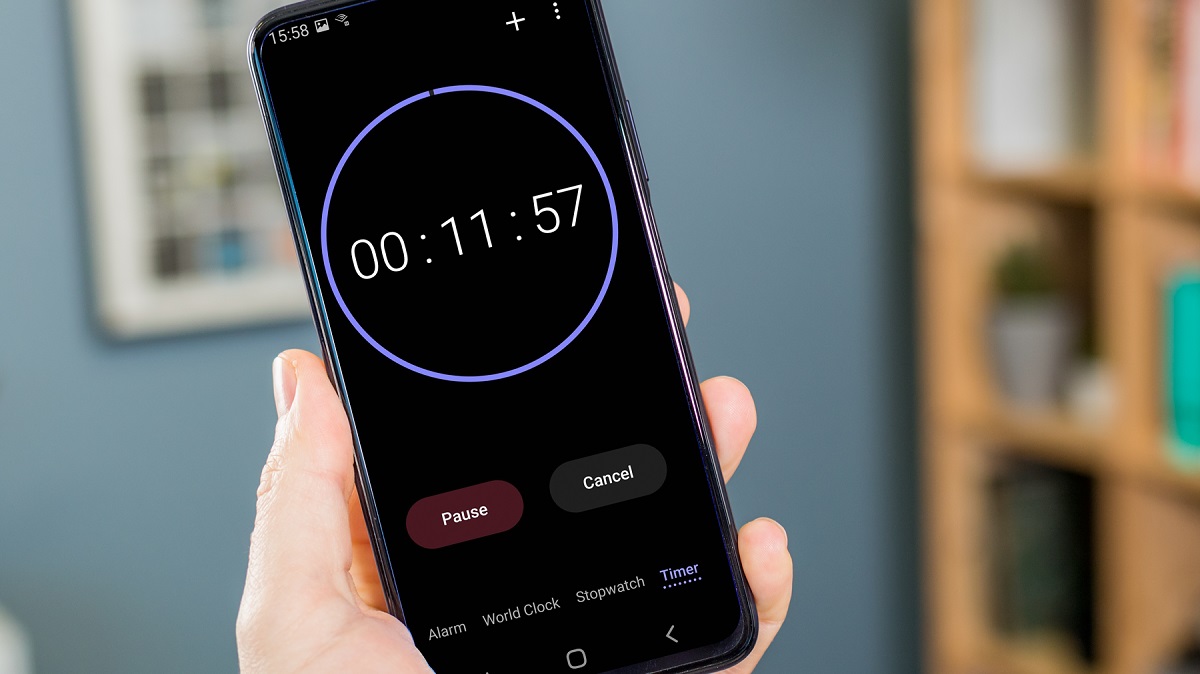



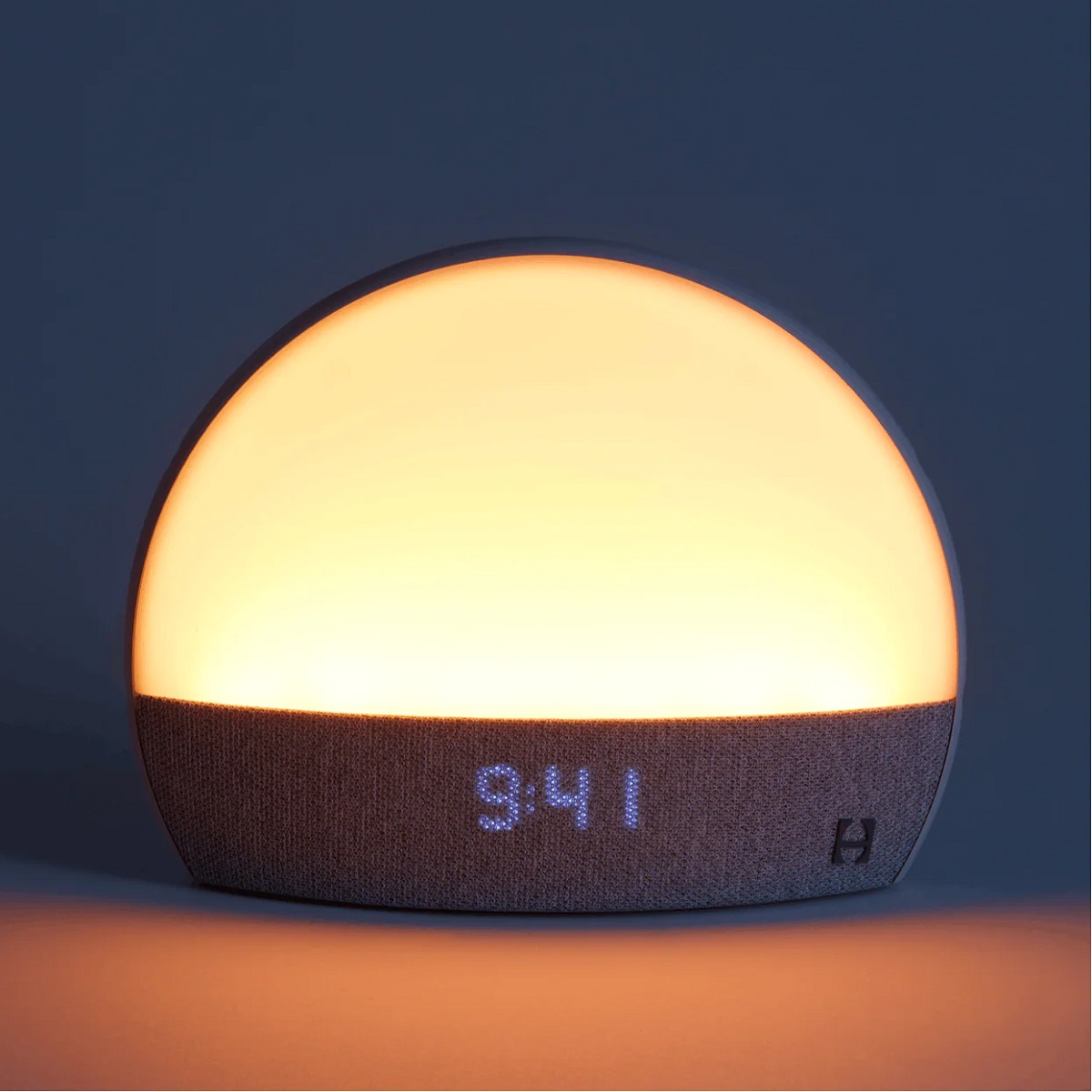




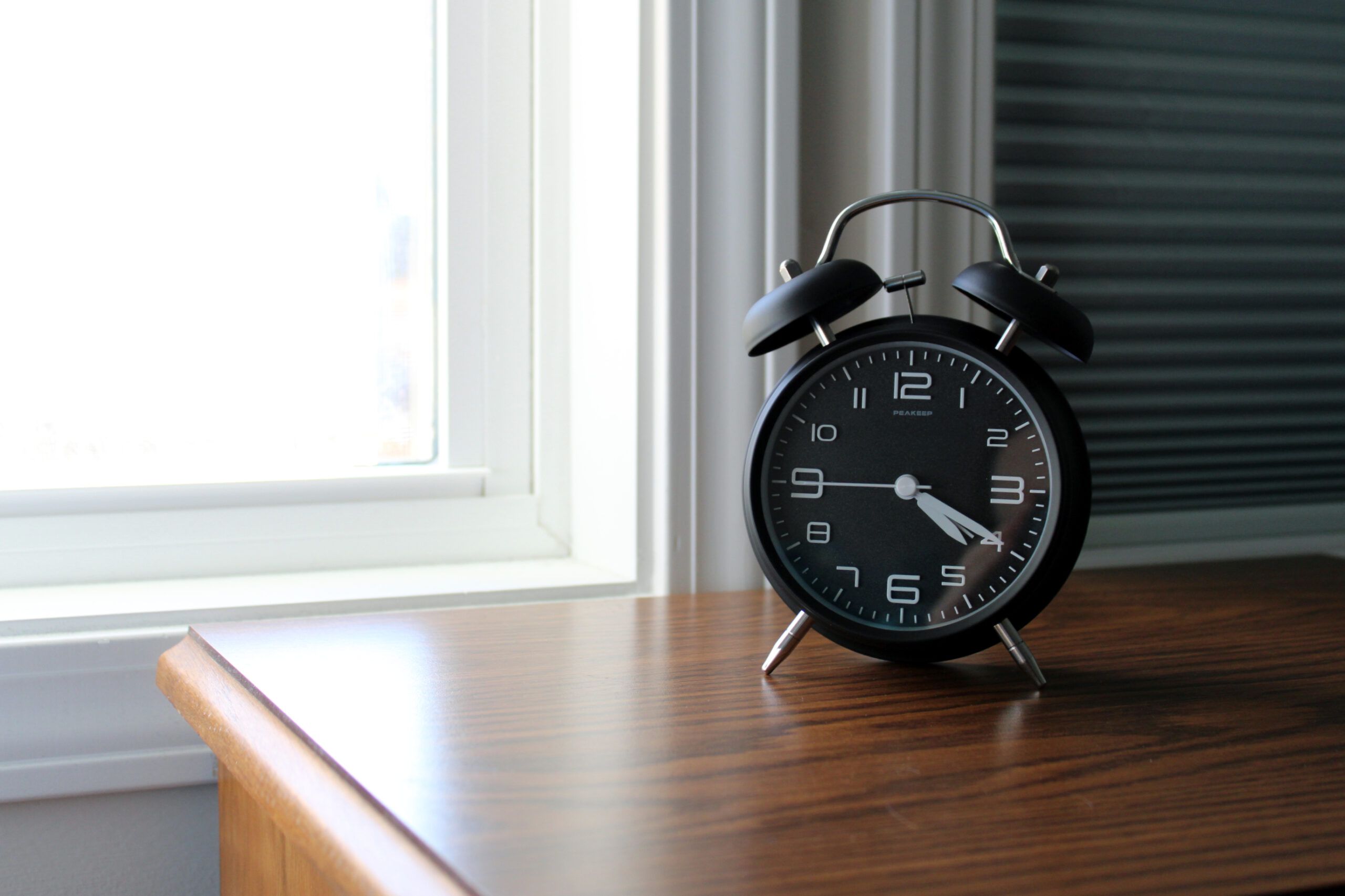
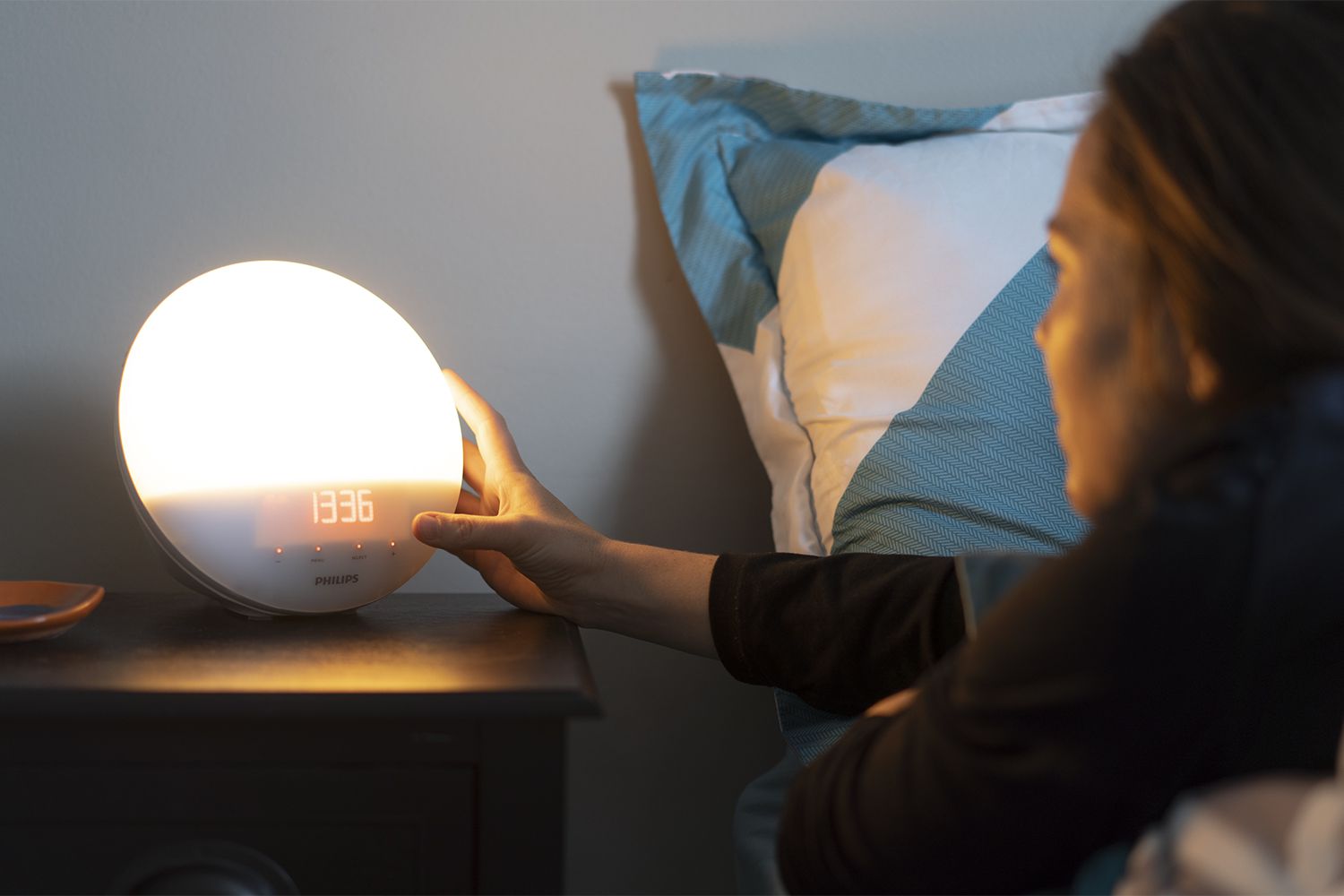

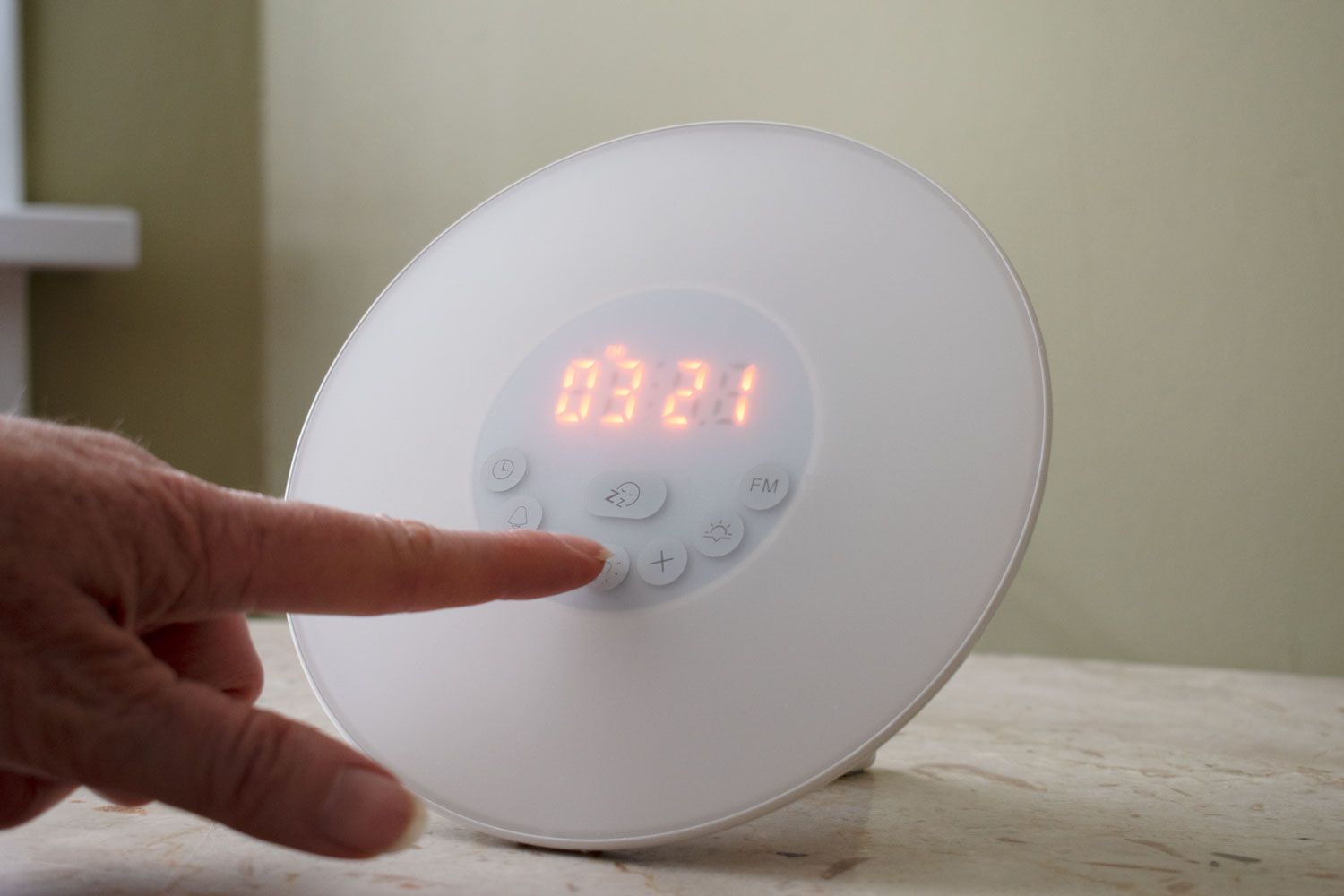

0 thoughts on “How Does An Alarm Clock Work”